Keepers of memories
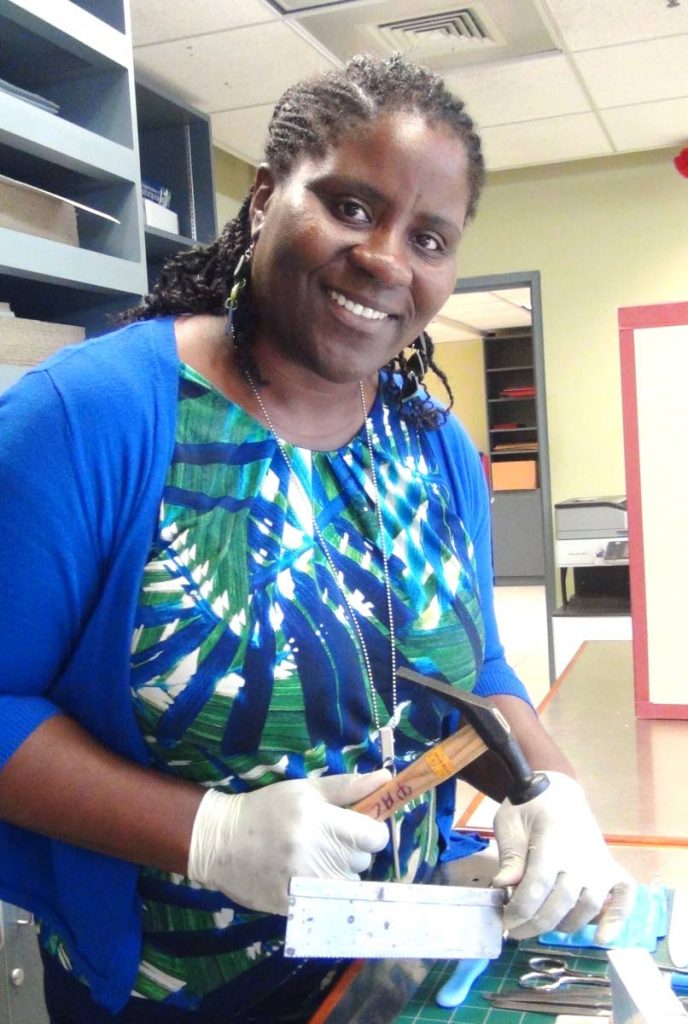
Story and photos by SHEREEN ALI
Deep under the white floating ziggurat of the National Library building in Port of Spain is a subterranean workshop where book surgery takes place.The surgery is necessary. Hundreds of books journey through homes every week and sometimes accidents happen – a page rips, or book bindings are worn to smithereens. So a small team of restoration workers does the essential repair work.
Hidden away like elves in a basement workshop, these workers are part of the Preservation and Conservation lab, and they carefully fix, sew, glue, re-bind, and repair all book stocks, readying them for future travels. Book restoration tools include scissors, spatulas, razor-sharp utility knives, ball-handle awls with glinting pointed tips, special bookbinder’s hammers to tap newly clothed spines into shape, and glue brushes with fat feathery bristles. Bookbinding presses with hefty screws and sturdy wood slabs complete the workshop atmosphere.
But what lives in our libraries goes well beyond conventional paper books. There is an expanding digital library. And there are objects such as vintage music albums, films, centuries-old Trinidad almanacs, newspapers, photographs and postcards, and even quirky objects such as curiously carved wooden-handled daggers or George Chamber’s eclectic collection of matchbooks from around the world, which he kept in a huge, beautifully rotund glass bottle the size of a small child. There is a big collection of local music at the Heritage Library, too, and many oral history records (everything from bongo music to taped interviews with cultural icons), which the public can listen to in an audio-visual room.
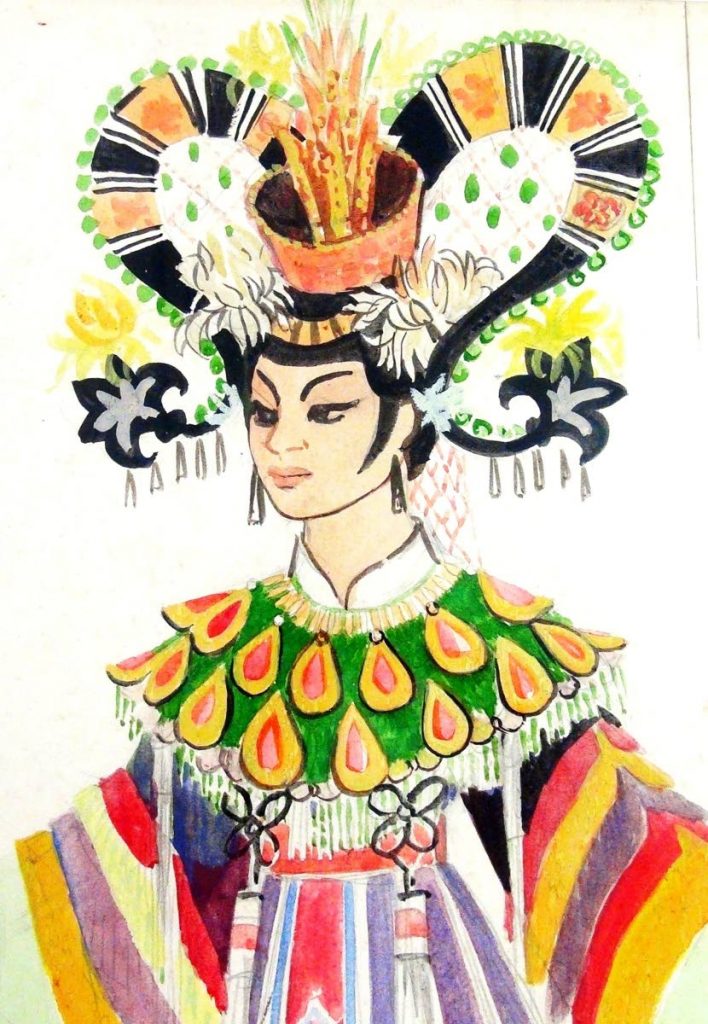
I recently visited the Heritage Library to get a better sense of what goes on there, and why. I met a small team of knowledgeable library professionals, all women, and all passionate about their work. About 30 staff in all work at the library, split up into three divisions: Collections Management; Operations & Client Services (which does public outreach activities); and the Preservation and Conservation laboratory.
The Heritage Library was formed in 1994 through the merger of the West Indian collections of the Public and Central libraries. Hazel Hazzard-Samuda, self-confessed information junkie, has been director of the Heritage Library Division since May 2017, and is always curious about the many stories and ideas from so many different fields which cross her path as part of her job. She says: “As a librarian, you have a finger on everything. I find that so fascinating.”
She shares: “Everyone is welcome at the Heritage Library. We are a repository of the rich national heritage indigenous to TT, including information on our culture, social norms, and our social, economic, political and historical development. You can find information from the 18th and 19th centuries here, and even a few things from before that time.”
The library’s ambitious mission is to preserve and promote a sense of TT’s society. The staff organise art shows, educational displays, discussions, curate special collections and host events to do this.
Some of its oldest and rarest documents include slave registers – old parchments made from 1813 to 1834 listing the names of enslaved Africans and the TT estates to which they were sent. These are kept in the Rare Books Room.
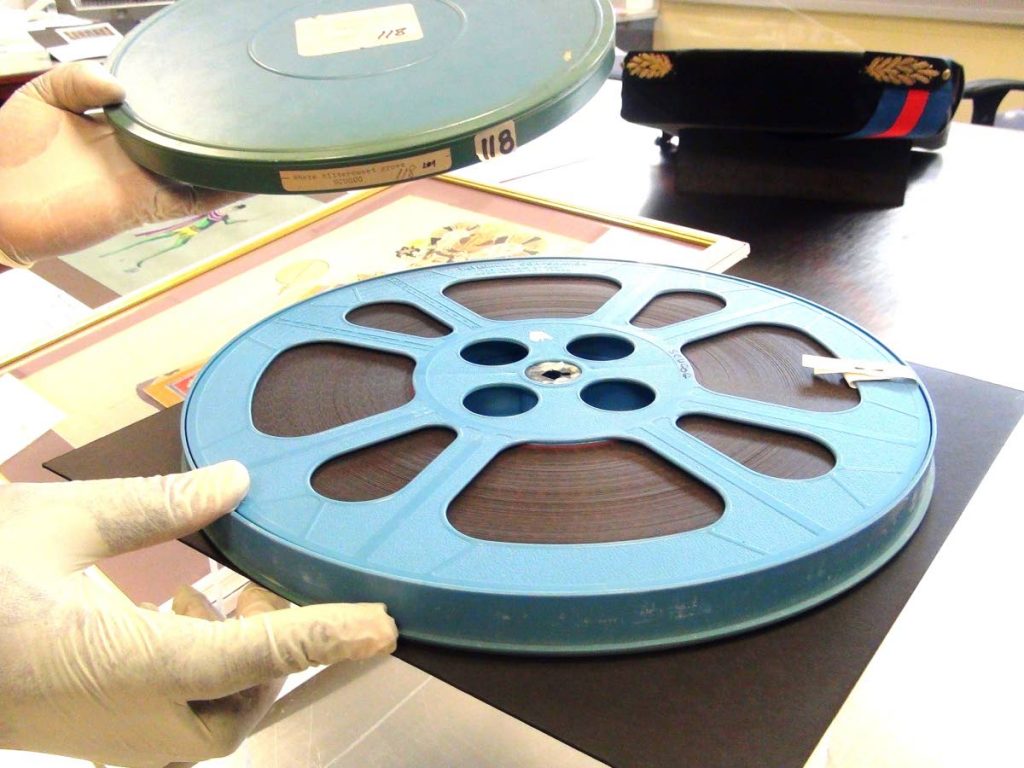
Sights like this can transport your mind to a different time and place, and start an inner journey of discovery, revelation and understanding whose end you yourself may not be able to predict. Such is the power of libraries.
Hazzard-Samuda recalls: “Just working at the Heritage Library for 12 years has transformed my sense of who I am and my perspective of what TT has to offer. I have become much more aware of the contributions of our citizens on a world scale.”
National heritage can encompass many things: traditions, festivals, and politics, for instance. It includes our stories, history, music, plants and animals, rituals, and scientific inventions, and even the food we eat, the clothes we wear, and the skills we choose to learn. Sometimes we can touch, see and hear parts of a culture and a heritage; at other times it is intangible.
The fundamental need to feel at home in a place – to feel a sense of connection, understanding and even pride for a particular place, community, and shared culture – underpins many heritage quests and collections.
But what if you feel cut off from some of these things? What if your society is fragmented, made up of transplants from places far away? What, then, does culture or heritage mean for you? Is your heritage something you have to invent anew, from adapted customs and old family stories? Or is heritage changing all the time, including influences from whatever you absorb from your TV set or internet stream? Is heritage something a person automatically possesses from birth, or can whole communities lose a sense of who they are?
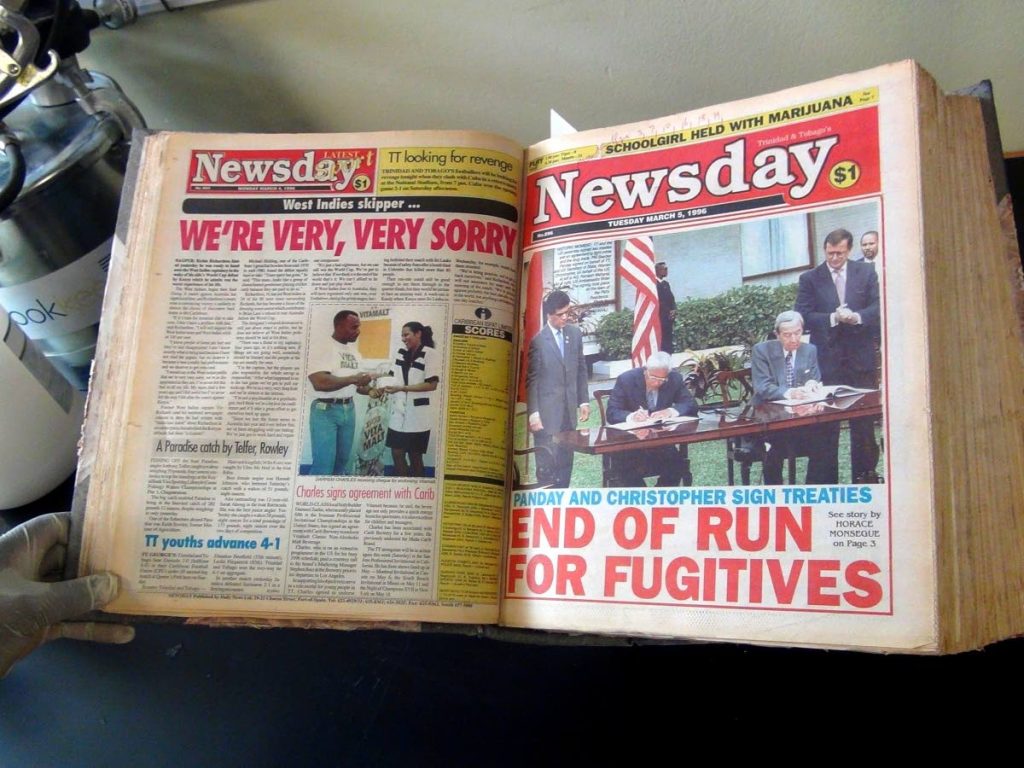
“Heritage is evolving all the time,” says NALIS executive director, Catherine Romain. “Trinidad and Tobago as a society has been in the process of formation for generations, long before we were here. There are many institutions in TT that deal with heritage, but NALIS’s role is to keep a record - to document that evolution. And to present it back to TT.
“For instance, many young people may know nothing about Bongo Night. We can record the perspectives of those who practice this. Artefacts alone cannot give you the perspective of someone who has lived it. Oral records are a fantastic resource for those who come after, to be able to go back and discover.”
Romain says NALIS embraces diversity as it seeks to document a TT national identity or plural identities. And she says the interesting panel discussion NALIS hosted last August 29 to mark Independence was an example of NALIS’s public outreach. A collaboration with the Ministry of Community Development, Culture and the Arts, the event was called Appreciating The Past: Shaping A Trinbagonian Identity, and included journalist Sunity Maharaj, history professor Bridget Brereton, activist Shebaka Kambon, and Carnival Institute director and filmmaker Dr Kim Johnson.
“Everything we do is about helping people learn about who they are. And you can’t know who you are unless you know where you come from,” says Jasmin Simmons, a librarian who helps manage NALIS’s collections. She recalls: “When we started the Performing Arts, Genealogy and Oral History (PAGO) unit within the Heritage Library, it was because we saw people were not recording or keeping the history so much.
“So the library began going out to photograph, do interviews, and videotape events, such as trades union Labour Day marches and national festivals. We have documented Carnival, Divali and Phagwa celebrations. We’ve recorded traditional Carnival characters at Viey La Cou (now called The Old Yard, held at UWI Department of Creative and Festival Arts), and that has become a very popular resource for students and teachers in schools now, who may want to see how to make an authentic Bat or Dame Lorraine costume, for example.
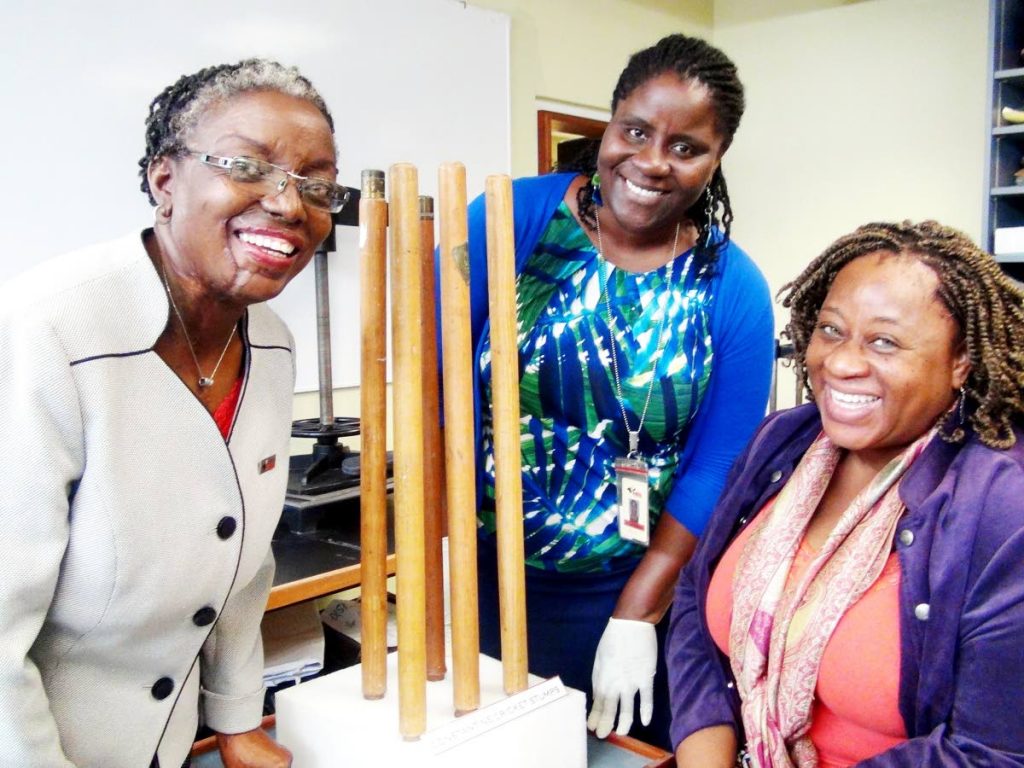
“We also shoot and digitise pictures. We hope to use those pictures to tell a story for each of our festivals. The Information Networks Division allows us to package information into attractive CDs, videotapes or photos for many uses.
“The Heritage Library even documents funeral services – for instance, saving the funeral programmes of Jit Samaroo, Sir Ellis Clarke, Mighty Duke, and other significant as well as ordinary citizens. “Sometimes people come to trace their heritage, to see for instance if their grandfather was here. So we keep everything we can,” says Simmons.
Danielle Fraser, NALIS Library Conservator since 2009 enjoys preserving a wide range of items. At work she often wears a white lab coat and gloves. Her job involves many duties, including sometimes building custom cases for unusual artefacts, which can call for good problem-solving, craft and artistic skills. She says attention to detail and understanding materials science help her to preserve the books, documents and artefacts to be cherished as part of our heritage collections.
“Forgetting is easy and usually more comfortable, but history is what makes us human. The work of history teachers and professors, archivists, museum experts, historic preservationists, and cultural resource managers is to preserve and remember as much of it as we can” wrote American history professor Ann Little (September 11, 2011 blogpost: https://historiann.com/2011/09/11/what-is-the-point-of-learning-history/). This is very true for the often unsung but valuable work of heritage librarians.
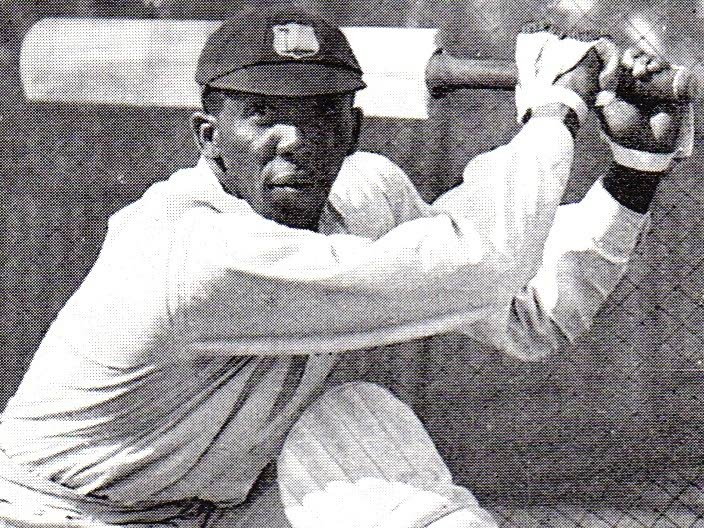
Our modern librarians are not the stereotyped stern ladies with glasses who tell us to keep quiet, like gatekeepers to forbidden citadels of knowledge. Rather, they are a thoughtful, lively, eternally curious and meticulous sisterhood who are actively reaching out to help educate fellow citizens, open up minds and imaginations, and keep our collective memories alive.
For more info visit the websites National Library and Information System: www.nalis.gov.tt
UNESCO Memory of the World programme: https://en.unesco.org/programme/mow


Comments
"Keepers of memories"